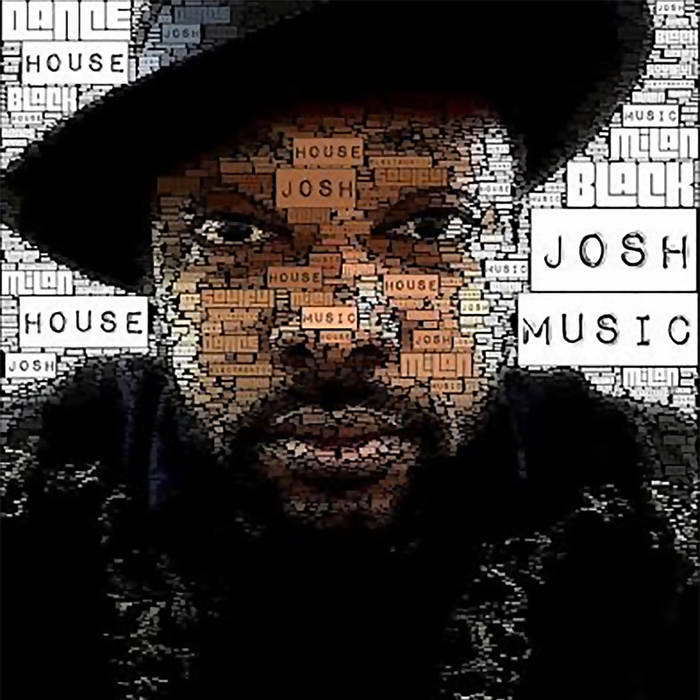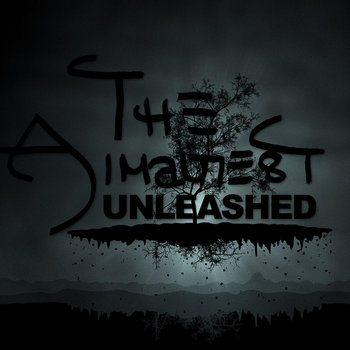
Written by Danny Quick — It’s not how many people consume your content, it’s how deeply they engage it.
“Every era is marked by the wealth of those who figure out what the new scarcity is.” — Kevin Kelly
The new scarcity for the world at large is creativity and innovation. The new scarcity for those creating and innovating, is attention. I use those two words synonymously, since innovating involves the act of creating.
While the “industrial world” valued maximizing known processes, the “networked world” values creating better processes. That’s actually the correct way to think about technology permeating our lives. “Technology” is, at its core, just a better way of doing things.
“What is technology? It’s technique. It’s the way we all do things. And when you discover a new way to do things, its value is multiplied by all the people who use it. It is the proverbial fishing rod, rather than the fish.” — Paul Graham
There is a saying that a company will “build for what the CEO measures.” Henry Miller put it more eloquently when he said, “I have to be careful of what I dream, since for me, between dream and reality there is only the thinnest veil.” Whether referring to professional or personal aspirations, the point remains. You usually get what you aim for, so sharpen your sights carefully.
Most creators are measuring the wrong things, and as a result, building for the wrong future. The number one mistake is measuring only “top line awareness.” Knowing how many people visited your site or streamed your song is not a great indicator of whether you’re going to thrive in this new world.
The proper thing for a creator to measure, and to build for, is the lifetime value of their community. But it’s honestly not that simple. Top line awareness is still a critical piece of the equation.
And if you’ve been paying attention, these rules don’t only apply to aspiring creatives, it’s now how you market anything. Enter the Paradox of Awareness.
“In virtually every industry the most trusted brand is also the most profitable. Frequency led to awareness, awareness to familiarity, and familiarity to trust. And trust, almost without exception, leads to profit.” — Seth Godin
The Paradox of Awareness is a term I made up to describe this unique situation. It states that:
To grow your community, you must be an early adopter of amplification platforms. But these platforms are a means to an end, not an end in itself.
Let me explain. “Attention is the new scarcity,” it’s actually a subset of the ultimate scarcity, time. While it’s going to take a time investment to do anything worthwhile, where and how you spend that time makes all the difference.
Just as an early stage investor gets a higher return because they took on more risk, you as a creator need to be an early adopter of amplification platforms for the disproportionate return you get on your time investment.
There is a adoption cycle to everything. It gives you an opportunity to invest heavily early on, then things get crowded and the same amount of effort does not yield the same results. It happens everyday.
“As a technology start up, from the day you start until your last breath, you will be in a furious race against time… At Netscape, we went public when we were 15 months old. Had we started six months later, we would have been late to a market with 37 other browser companies.” — Ben Horowitz
Tracy DiNunzio over indexed on Twitter early to help build her community and grow her start up, Tradesy. If she put in the exact same amount of work on Twitter today, the results would be astronomically lower. She would be late to the game.
These platforms provide the first interaction, which is critical. But it’s only step one. Your “loyal” Instagram followers will be onto SnapChat next year. You can guarantee there is another social amplification platform coming down the pipeline right after SnapChat. In this constantly shifting climate, what do you measure?
Toyota used to define success as, “controlling your own destiny.” This may strike some as a weird analogy to compare a creator to a car company. If so, you should do your homework. The way you control your own destiny is having the resources to operate on your terms, whatever that means for you.
While you should be building a following on these platforms based on Free, you also need to be thinking about building deeper relationships all along the way. It’s not how many people consume your content, it’s how deeply they engage and how often they come back in the future.
“We started this artistic democracy to break down these distribution channels and create a direct to fan movement… Our philosophy and the way we market is called the first 50. Who are those first 50 fans? How do we serve those first 50 fans?” — Troy Carter
It’s pretty simple to shift your mindset — think about data. What data do you get from amplification platforms like Twitter and YouTube. You can check out the full breakdown here, but it doesn’t look good.
The old adage of data is that, “it must be actionable.” In this case, “actionable” means you see a path to creating a relationship. You follow the path from frequency to trust, and eventually to profit. The power of freemium is that it only takes the support of a small percentage of your community to control your destiny.
As I saw it put very eloquently, “followers are not fans.” Followers are top line awareness, fans are relationships. What’s the value of Rita Ora’s 5m Twitter followers when she gets an average of 1K likes — a .02% conversion (besides embarrassment)?
“Your task as a grand strategist is to extend your vision in all directions — not only looking further into the future but also seeing more of the world around you…” — Robert Greene
If you believe Einstein’s idea that, “compounding interest is the most powerful force on earth,” relationships are the de facto place to invest your time and energy. Because a relationship, “involves two members investing in it, its value increases twice as fast as one’s investment”. Relationships, by their nature, are compounding.
How you do this? I’m part of a start-up that helps people unlock the potential in their relationships. But technology is always just the how, it’s never the why. It’s an enabler, and without the proper philosophy behind it, it means nothing.
John Boyd always said, “People, ideas, technology, in that order.” It starts with you, operating from first principles. The real “technology,” the real better process, will not be a computer algorithm, but rather a shift in what you’re aiming for.
The solution to The Paradox lies in understanding that amplification platforms are the road, not the destination.
Make sure you’re maximizing the new scarcity, because this era’s wealth will be marked by those who do it best.
Click here to read from this article's source.












































